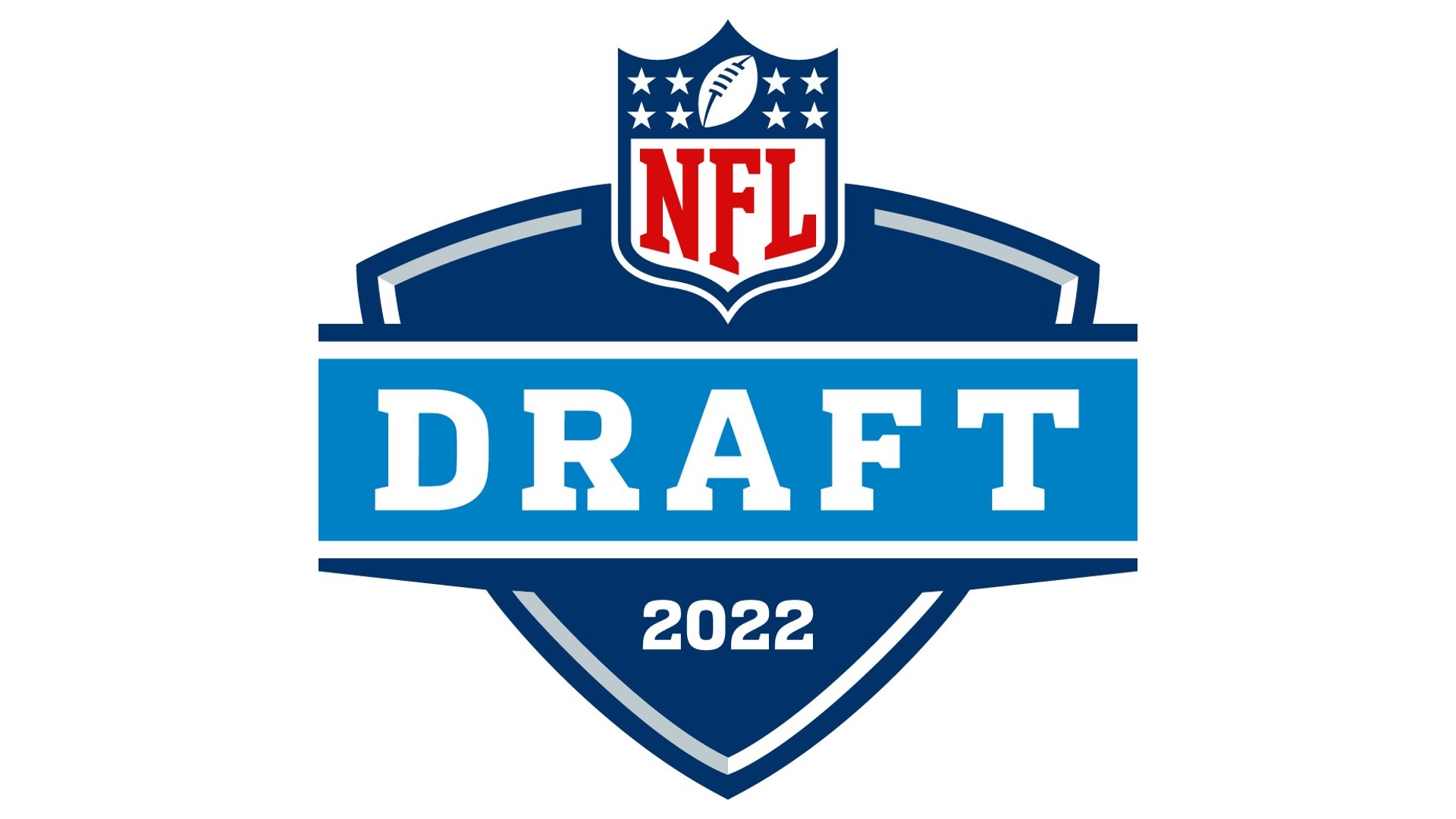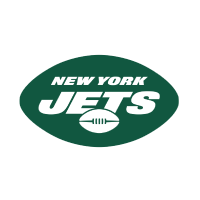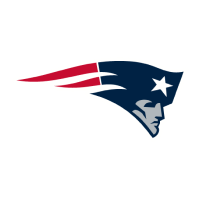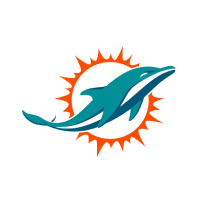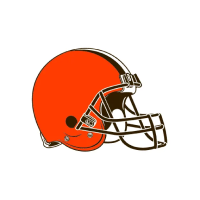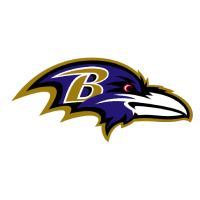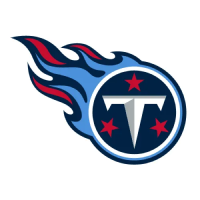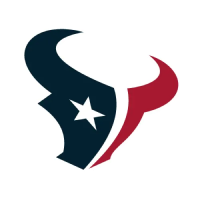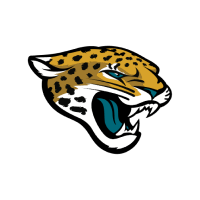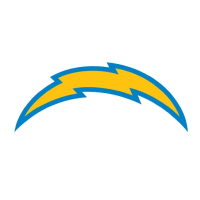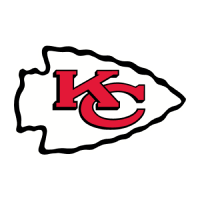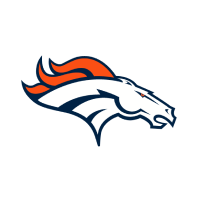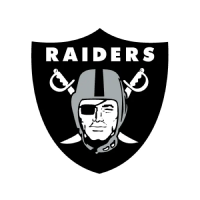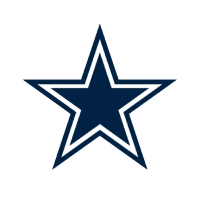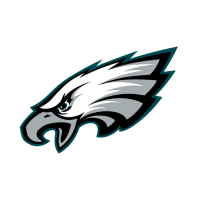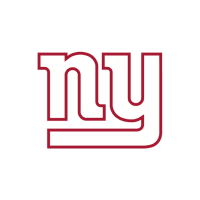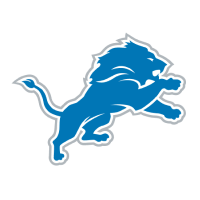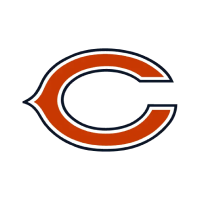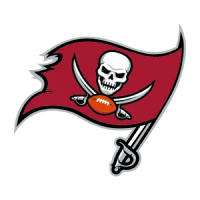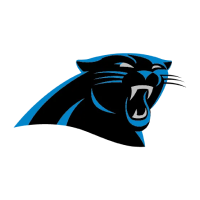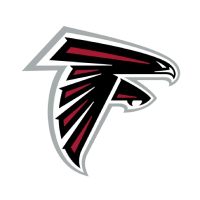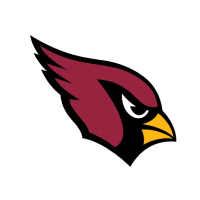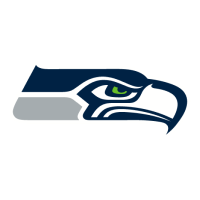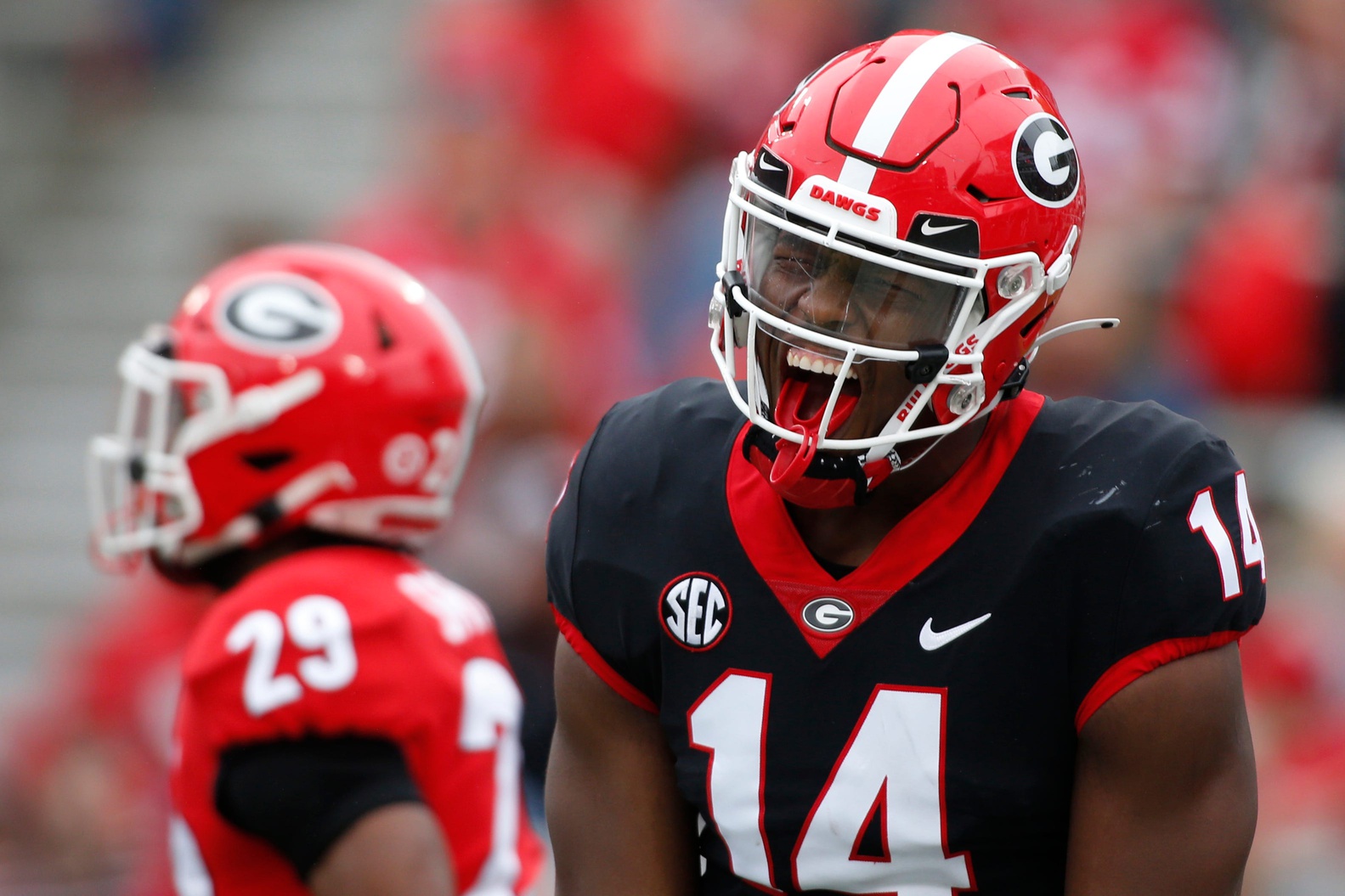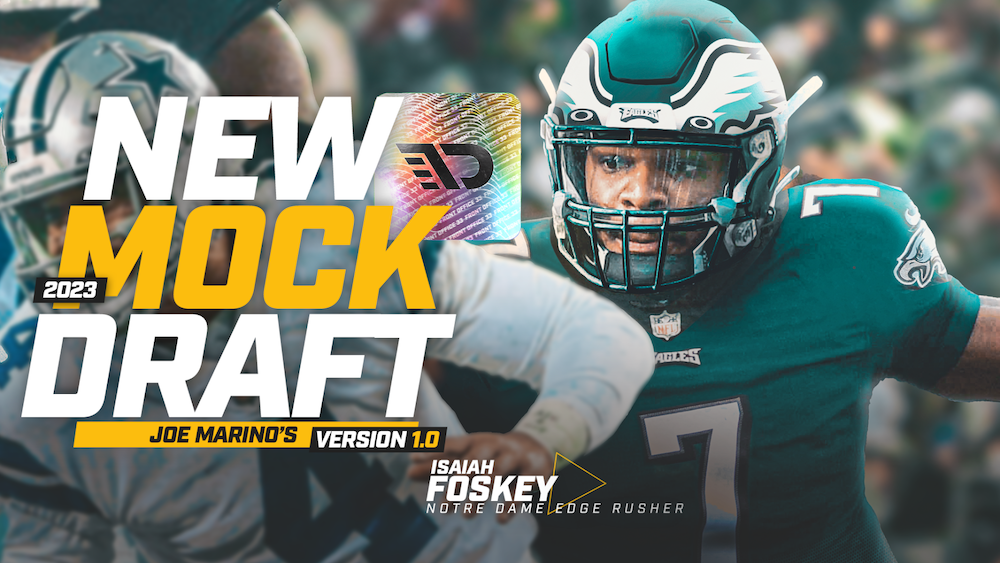I’m in my second week now of the QB Summer School, having already featured Matt Corral, Spencer Rattler, and Sam Howell. Each has exciting traits on which you can hang your hat, and I can talk myself into any of the three ending up starting quarterbacks in the NFL—some with more work than others.
I have a harder time making that argument for USC quarterback and rising junior Kedon Slovis, who was viewed as the next great USC passer after a delightful freshman debut for the injured JT Daniels, now with Georgia. But Slovis’ sophomore season revealed some of the gaps in his game, leaving me a bit bearish on his pro projection even in a weaker 2022 quarterback class.
Kedon Slovis’ Summer School: Relying on a process
There are things to enjoy on Slovis’ film. There are examples of adjusted arm angles, tight window accuracy, clean footwork with maximized mechanics, and toughness and creativity on scramble drills. A lot of the garnishes are there, and they look appetizing.
But the meat and potatoes are lacking. An Air Raid offense requires a decisive quarterback with the ability to quickly identify developing space and the willingness to take it with aggressive throws. Slovis doesn’t have this. He seems like he wants to get late in plays, wants to get into scramble situations, and wants to freelance with his talented cadre of wide receivers. Some of this is forced by the offense—progressions aren’t famously a big part of the Graham Harrell Air Raid approach—but Slovis bears his share of the blame.
Here’s an early pick in a generally worrisome game against the Oregon Ducks in the Pac-12 Championship Game. Slovis wants the deep over from wide receiver Tyler Vaughns, and he wants it the whole way. He watches it develop for the entire rep, and even as the pocket collapses, tries to throw it through a hit into open space.
https://youtu.be/RV3cC-1mlz4
There’s no process here, really. Slovis had the opportunity to throw the underneath crosser to the tight end pretty much right away, as Oregon is playing zone coverage and affording him a few yards of cushion early in the rep, but Slovis doesn’t really read the underneath zone droppers at all. Even later in the rep, as the pocket evidently begins to crash, Slovis fades back and buys time for the deep over instead of distributing the ball to the crosser or the running back swing pattern. He has no interest in checking this down.
But because Slovis doesn’t have elite physical tools in terms of size and arm strength, this ball ends up being a duck that is easily played on by the Oregon defense. When Slovis holds the ball for this long, it gives the Ducks’ defenders license to pick their eyes up from the route tree, see where Slovis is looking, and adjust their coverage to his focus—especially with the Oregon pass rush forcing the issue.
Let’s take a seemingly less harmful play. Slovis gets a scramble-drill completion on this play, which is… fine! But also pretty weird. This is four verts against Cover 1 with a rat defender. It’s about as easy of a chalkboard play as you can detail. The deep safety takes away both seam routes just by his presence, though if you had some moxie you could throw the seam route that the safety turns away from (in this case, the top of the screen). Slovis probably doesn’t have that arm, so this is a good decision.
https://youtu.be/Ec8twsz3oqM
But nowhere on the chalkboard does it say “just kinda hold the ball, figure it out, and scramble into a throw.” With a deep middle safety, you need to pick a side and throw the outside vertical. Here, the closer vertical is to the bottom of the screen—Slovis looks there, sees good coverage, and elects to move on. So throw the deep comeback to the far side of the field. It’s literally the only option.
Instead, Slovis hops back over to the seam, thinks that he can’t make a throw that deep/late—though really, he should be able to as an NFL prospect—and then scampers back over to the deep comeback for a moderate gain.
There’s just no adherence to process here. Again, this is four verts against Cover 1—it’s about as simple of a post-snap process as you can draw up. There’s no excuse to be flummoxed by the options, paralyzed by the decisions, or unwilling to take the chance. These are simple plays that Slovis should be able to execute at the college level.
Can this be fixed?
This is one of the harder things to fix. For all of the work we might do in the classroom or the film room, we fall back on what we know when the bullets are live. Slovis wants to play backyard football in a free-flowing Air Raid offense with a bunch of 4- and 5-star receivers, and I don’t blame him—that’s worked pretty well for him up to this point. That disregard for a firm process, however, means the snap-to-snap product is currently unpredictable, and accordingly tough to value at the NFL level.
The best thing that would fix this would be time without starting; without the urgency to win conference championships and make playoff appearances in a floundering USC program. That would allow Slovis to step back from his current playstyle, re-evaluate, and commit to a new approach. I’m not sure he’ll find that time in college, but perhaps a draft stock that puts him in a backup role early will afford him that opportunity. Unfortunately for Slovis, this isn’t an easy fix.
Filed In
Related Articles
NFL Draft
Arik Gilbert Doesn’t Need Big Workload To Be A Top NFL Draft Pick
- Aug 22, 2022
NFL Draft
2023 NFL Mock Draft: Marino 1.0
- Aug 22, 2022
Written By
